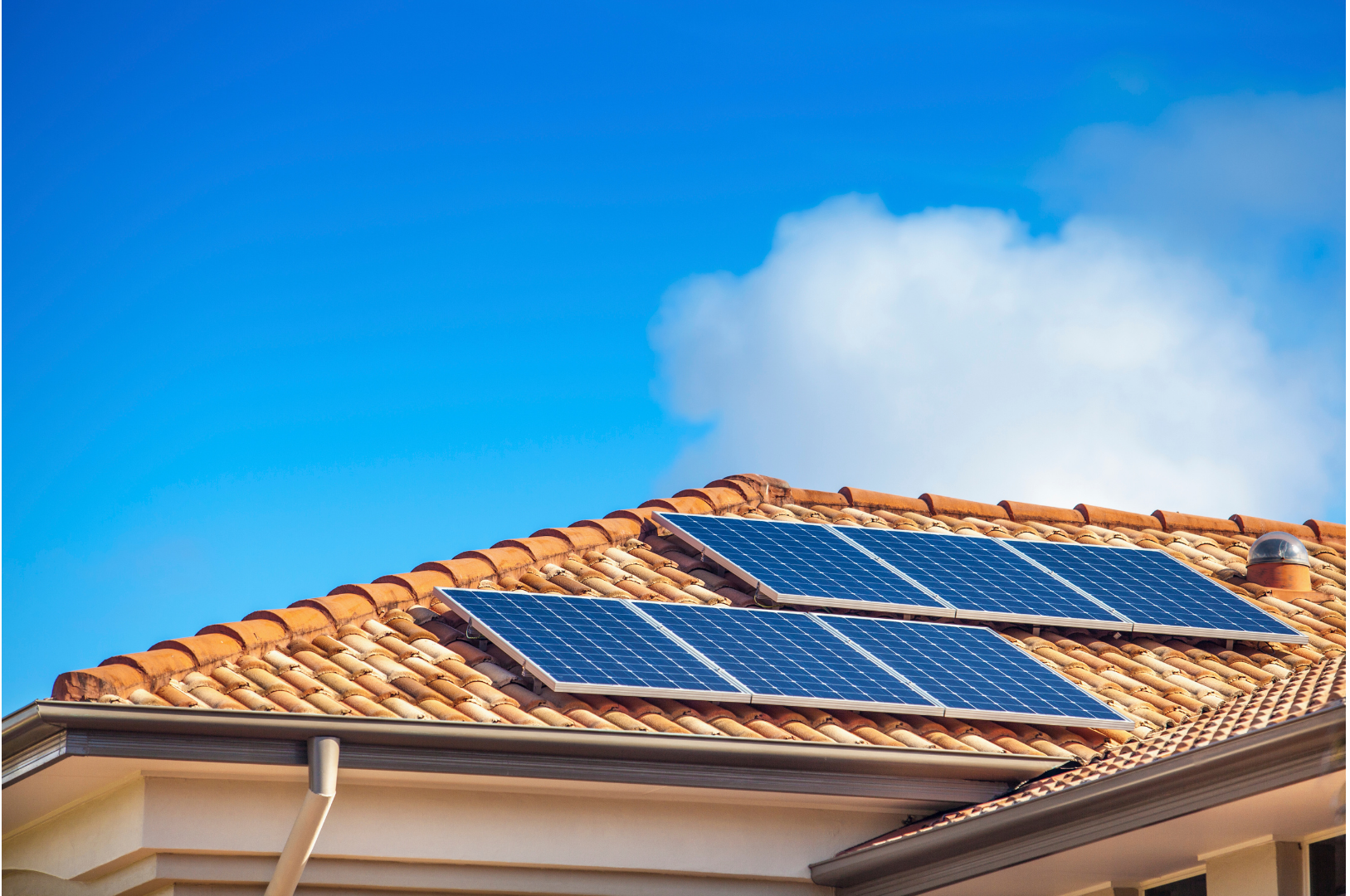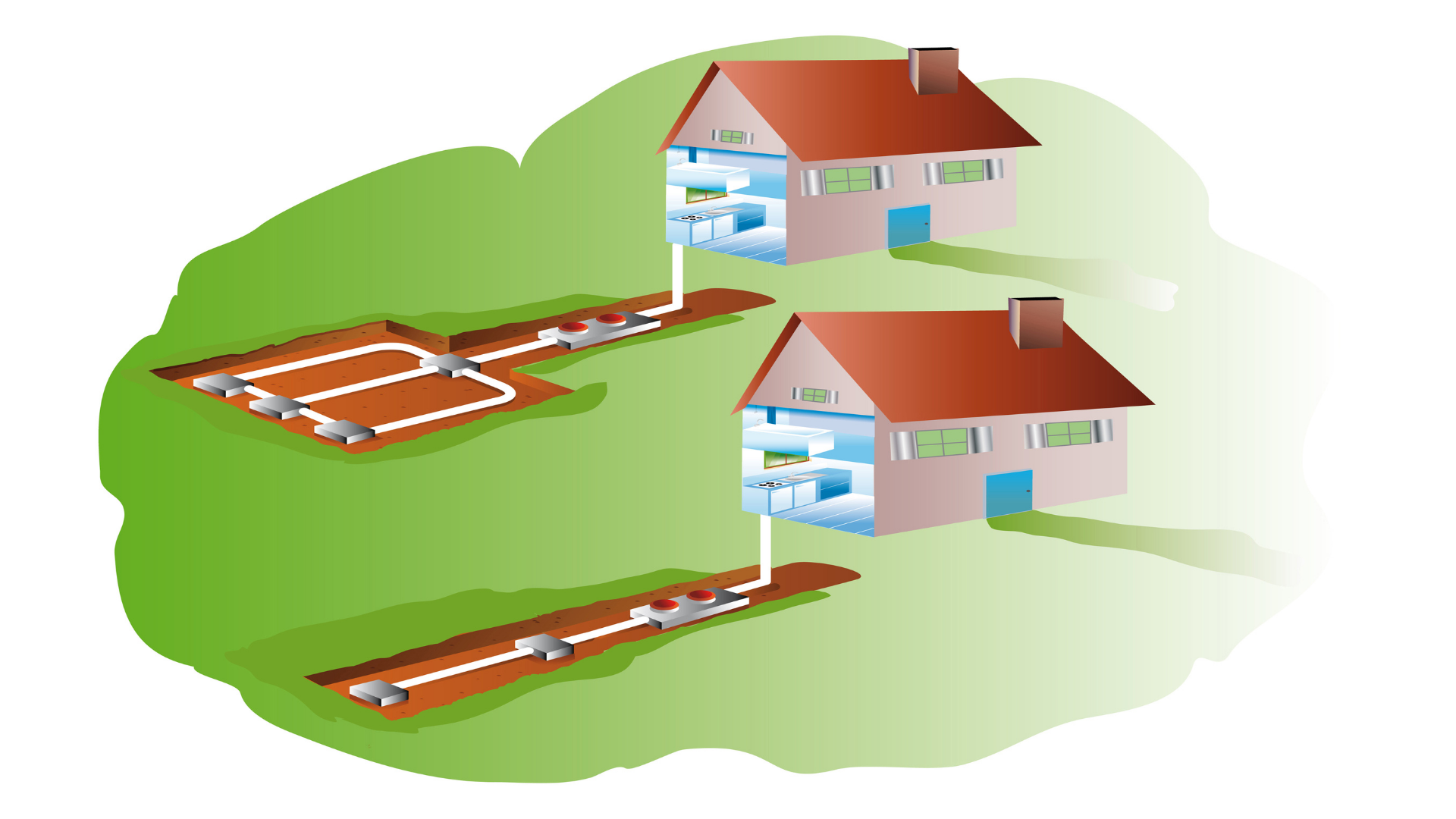Energy efficiency is an important factor for many homeowners – and is often a reason why some people decide to build a new house or renovate their home.
According to a recent survey, 87% of people agreed that they considered the energy efficiency of a home when they were looking to buy. Additionally, 88% of buyers and 96% of builders were willing to pay more to create a “greener” home. This survey also concluded that the vast majority of respondents thought that energy efficiency factors were equally as important as the price, location, size, and major amenities in a home.
Many of the latest homes are designed to promote energy efficiency and resource reduction. One of the latest trends in sustainable housing design and construction takes energy efficiency to a whole new level. These are known as “Net Zero Homes.”
A Net Zero Home is designed to generate its energy source equivalent to the amount of energy needed to power the electricity, heating, and water resources of the home. This type of home commonly utilizes renewable energy sources, such as solar, wind, and geothermal energy.
The first Net Zero Home in Canada was completed in 2007 in Riverdale, Edmonton. This duplex had a roof full of solar panels along with a unique structural design to heat the foundation and home with thermal energy.
This green home design has become more popular and common across the country (and the world). Many of us are interested in doing all that we can to help our planet and reduce energy consumption, but the concept of creating a house that self-generates the amount of power it consumes seems daunting.
So, what truly qualifies a house as a Net Zero Home? And is it possible for you to create one for you and your family
Let’s dive in.
1. Solar Grid Roofing
Solar energy is one of the cleanest and most plenteous renewable energy sources, making it the optimal choice for Net Zero Homes. A single solar panel can produce 400 watts of energy per hour or 1,450 watts in a single day. A solar panel system that can generate 11,000 watts (or 11 kilowatts) a day will be enough to power an average-sized home.
Most Net Zero Homes also have a solar grid battery system that can store any extra power that is produced. This power can be used at a later time (such as on a rainy or overcast day) or it can (sometimes) be sold back to the energy grid.
For instance, the Ontario Power Authority and Energy Board allow homeowners to sell any extra solar energy at about 42 cents per kilowatt. While this certainly won’t make anyone a fortune, it is a great way to ensure that this power source is used to the fullest.
2. Well-Insulated Walls and Windows
Most homeowners only realize they need to improve their insulation when they are preparing their home for the winter. However, good insulation is important to maintain year-round to reduce energy consumption and create a comfortable temperature indoors.
Remarkably, most homes lose up to 30% of energy in air heating and cooling due to poor insulation. Most of the air escapes through gaps around windows, doors, and any thin walls that are not properly sealed during construction.
One key element to a Net Zero Home is creating tight seals throughout the house to hold in air and maintain temperature control. This is known as a home’s “R-value”, which is a measurement of the resistance of heat traveling through insulation.
There are several approaches used in Net Zero Home construction to improve insulation. Some houses are built with specialized pre-fabricated walls, which are custom built from sustainable products to create air-tight seals throughout the home. These pre-fab walls have insulation built-in, and all pieces are fastened together with a liquid-to-foam sealant.
A lot of heated and cooled air can also escape from the foundation of the home. Many newer Net Zero Homes have expanded polystyrene (EPS) insulation below and outside of their foundation slabs. This material helps to stop warm air from escaping and blocks the colder air in the ground from seeping in.
3. Geothermal Heating Systems
Rather than using gas, propane, or electricity to heat water, Net Zero Homes commonly utilize geothermal energy that comes from the ground and the sun. A geothermal water heater lets the sun’s rays do the work to heat the tank on hot days. These systems also draw in heat from deep underground, which can be significantly warmer than the air temperature during the cold winter months.
This heat is collected through High-Density Polyethylene (HDPE) pipes that are buried deep underground. The pipes can be run horizontally through large pieces of land or vertically deep underground. They can also tap into underground water sources for additional geothermal energy.
The heat that is generated from the ground warms up the water inside the pipes, which is funneled into the house as needed to run showers, washing machines, and other appliances.
4. Ventilation and Airflow
To cut down the reliance on HVAC systems for heating and cooling, Net Zero Homes utilize smart ventilation designs to promote a natural airflow throughout the home. This can be as simple as installing ceiling fans and attic air vents to create natural cool air flows on hot days.
Heat-recovery ventilators (HRV) are also popular in Net Zero Homes to optimize natural air cooling. These systems attach to the air ducts in the home and have two exterior vents. This system gathers air from outside as well as heat that is naturally generated within the home, such as from the kitchen or bathroom. This air is collected into the inner heat-exchange chamber and then dispersed throughout the rest of the home to provide cooled air as needed.
These systems can also reduce humidity and collect up to 80% of heat energy from external outbound air, while cutting energy usage. HRVs can also be used with Energy Recovery Ventilators (ERVs) which help to manage air moisture levels. This is quite beneficial for cold, dry winter months as well as humid, sticky summer ones.
5. Lower Carbon Construction
If you are interested in building a Net Zero Home from the ground up or you want to renovate your current house, you should also consider the building resources used. Construction projects can be extremely wasteful and even harmful to the environment.
You need to partner with a construction firm that understands how to utilize resources in the most efficient way to cut down on carbon emissions, reduce waste, and optimize output. This includes using recycled or sustainable building materials if possible, such as bamboo wood or recyclable concrete. Simple changes like using battery-powered tools can also help to cut down power consumption.
Additionally, it is important to partner with contractors and a construction company that knows what they are doing in regards to building Net Zero Homes. They must be specially designed to ensure energy efficiency as much as possible.
Conclusion
Creating a Net Zero Home can seem overwhelming – as there are so many factors to consider. However, with the right builders and a strategic plan, any home can be built to support energy efficiency.
At TQ Construction, we have worked with thousands of homeowners to create customized builds and renovations – including Net Zero Housing designs. We offer full-service assistance from the design process to the final touches. Our team is full of experts who understand how to create a home that is both beautiful and sustainable, which is the way that Net Zero Homes should be.
Contact us today for a free consultation to get started on building the Net Zero Home of your dreams.

